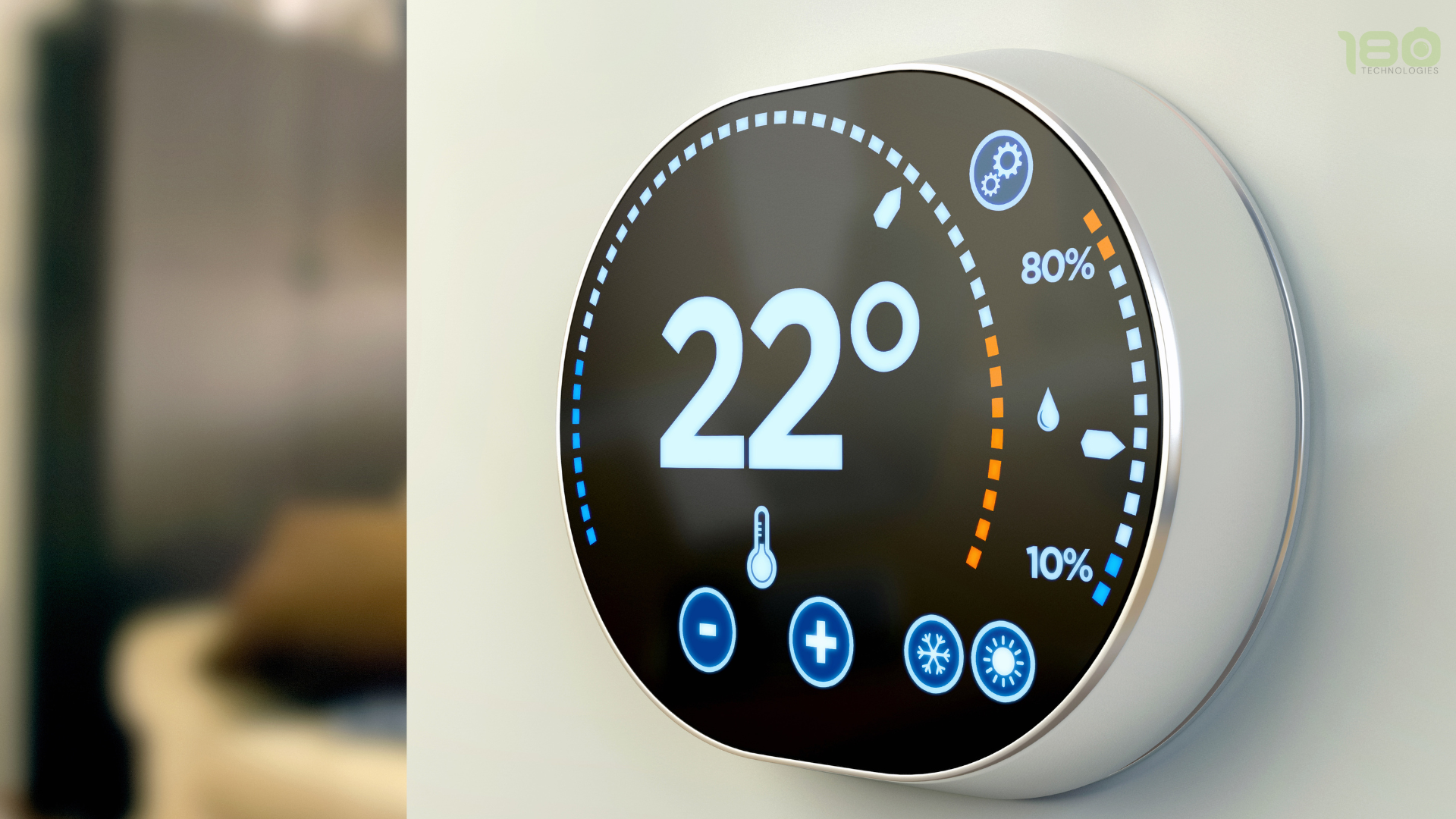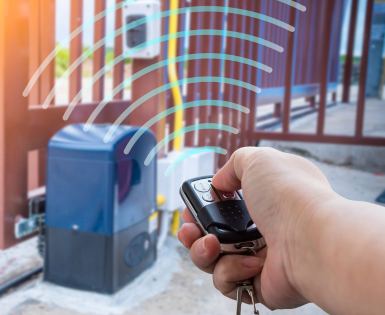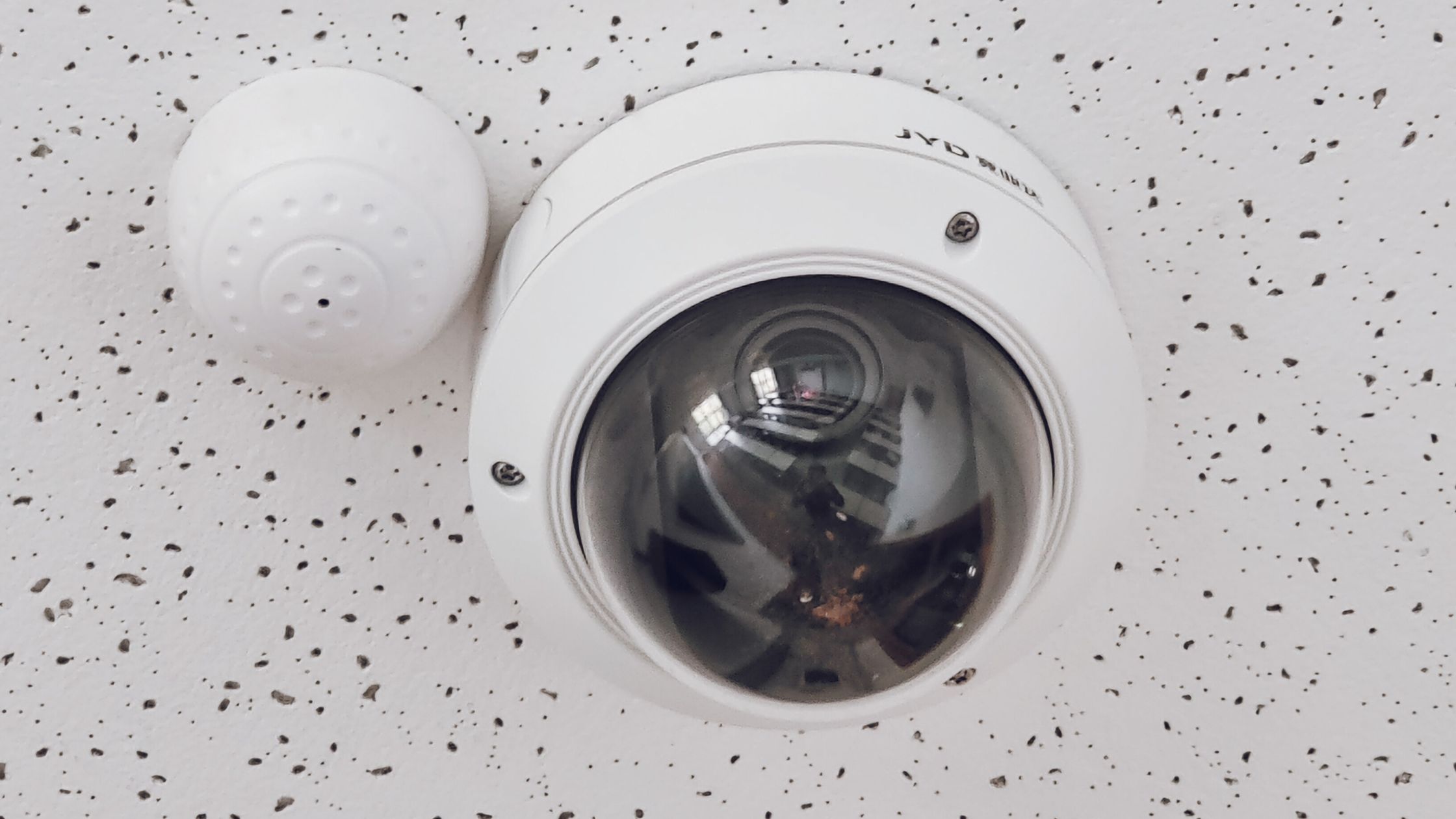TVs have evolved in tandem with streaming services, offering features and capabilities that were not imaginable a decade ago, such as the ability to stream shows and respond to voice commands. Because of internet connections and the ability to run apps, most TVs nowadays may be classified as smart TVs, but they aren’t all created equal.
In a word, a smart TV is a television that includes an operating system/platform that allows you to access, control, and display online and network-based media content without the use of a separate box (such as a Roku or Fire Stick).
You’ll be prompted to input any login credentials required by your ISP once your TV is connected and turned on (Internet Service Provider). An on-screen menu will appear on the smart TV, with a list of available internet channels in the form of apps (similar to the apps on a smartphone). Some apps are preloaded, and you can add to the TV’s app library by downloading more.
Enjoy the convenience of having a smart TV
For switching channels and looking for programs, a growing number of models now integrate voice recognition features such as Amazon Alexa and Google Assistant. Most smart TVs will operate with one of your favorite smart speakers, and a select number will include some or all of the same features built directly into the TV.
Smart TVs are gaining more smart home integration features, and some of them are even the greatest smart home gadgets. Many TVs are compatible with other connected devices in the home, such as the best smart lighting, best smart locks, and other sensors, and some TVs even come with a dedicated dashboard for managing all of your connected gadgets.




